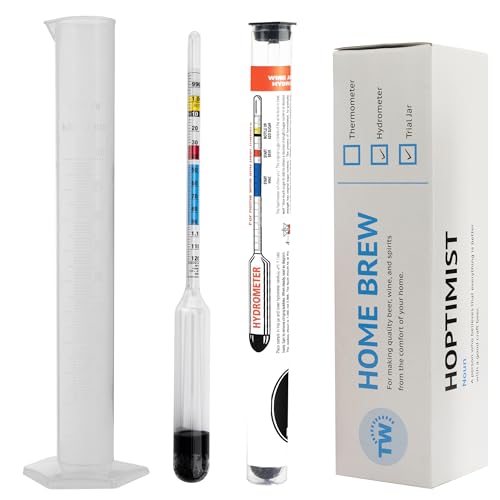Lesinge
Landlord.
- Joined
- Apr 1, 2013
- Messages
- 648
- Reaction score
- 294
Hi all
Maybe there is already a thread on this and if so please let me know. I am embarking on brewing some vintage beers, some from the rather excellent Ron Pattison's website (shutupaboutbarclayperkins) (and yes I have also bought a book from there (Edwardian Beers or something like that)) and also from the Durdan Beer Club (again I have purchased the book - just waiting on both to arrive). I have in the fermenter a beer from the long gone Russell's brewery in Gravesend (1911) and plan on an 1862 Export and a 1944 IPA from William Youngers. I just wondered if anyone had tried brewing these and what they turned out like? I am especially interested in whether a high strength beer (>6%) with IBUs of over 122 is balanced enough to not have to wait for a year to drink? Also (I know I am greedy!) if anyone has made Invert sugars I would like to know their experiences.
Cheers!
Maybe there is already a thread on this and if so please let me know. I am embarking on brewing some vintage beers, some from the rather excellent Ron Pattison's website (shutupaboutbarclayperkins) (and yes I have also bought a book from there (Edwardian Beers or something like that)) and also from the Durdan Beer Club (again I have purchased the book - just waiting on both to arrive). I have in the fermenter a beer from the long gone Russell's brewery in Gravesend (1911) and plan on an 1862 Export and a 1944 IPA from William Youngers. I just wondered if anyone had tried brewing these and what they turned out like? I am especially interested in whether a high strength beer (>6%) with IBUs of over 122 is balanced enough to not have to wait for a year to drink? Also (I know I am greedy!) if anyone has made Invert sugars I would like to know their experiences.
Cheers!







































